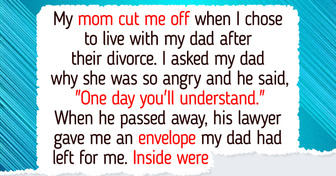Is this just about Caucasian and Asian of light skin tone? Because I clicked on this link expecting that i would find an answer. But there is nothing for those of us who are brown color (Black and Indian etc..) in tones.. Feeling left out here..
How to Define Your Color Type and Use It in Your Everyday Life
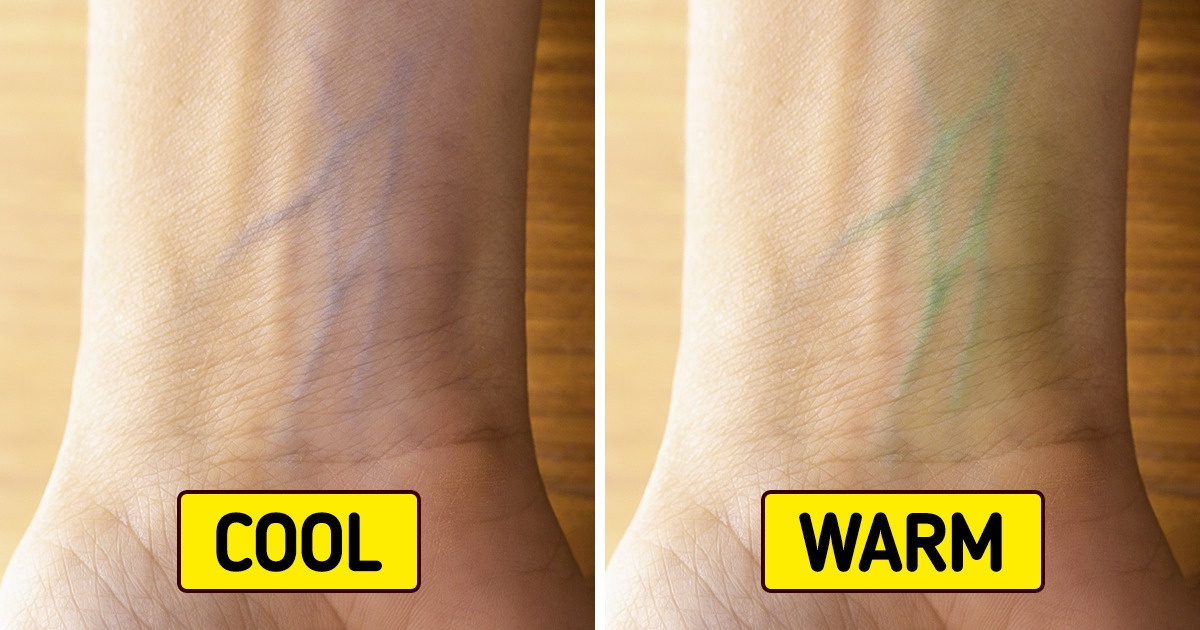
How can you define your color type so that you always look stylish and fashionable? Actually, there is an easy way to find out what clothes and accessories suit you best. In this article, we would like to tell you about color analysis and how to use it. This system will help you to always look your best.
What is color analysis?
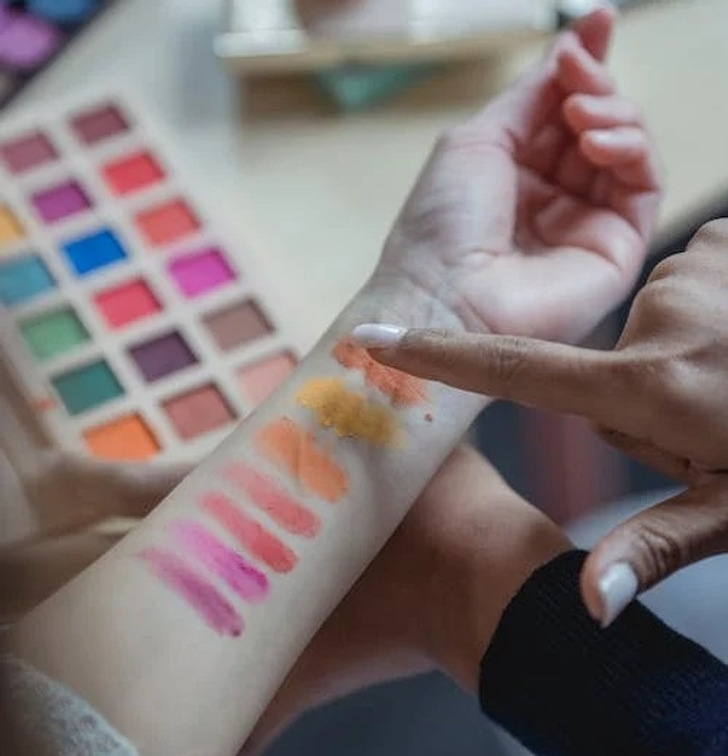
Seasonal color analysis is often used in the fashion industry to match the colors of clothes and makeup with a model’s skin tone, eye color, and hair color.
It’s believed that the wrong colors can draw attention to flaws like wrinkles or uneven skin tone, while the right color palette will enhance a person’s natural beauty.
Why do you need to know your color type?
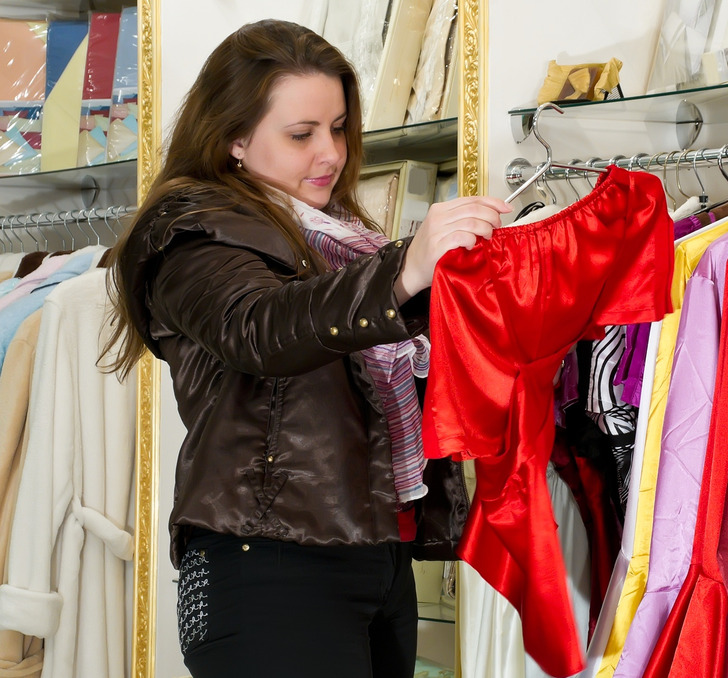
Perhaps, you’ve noticed that some colors create nice combinations while others don’t look good together. And the same rule applies to the clothes, accessories, and makeup we wear. The successful practical application of color analysis helps us coordinate our clothing and accessories with greater ease. And if you know your color palette, you can avoid purchasing clothes that don’t suit you.
If you define your color type correctly, this will help you emphasize your natural beauty and look stylish without spending much money. The fact is that some colors look good with “cool” skin tones while other colors suit “warm” skin tones better.
What color types are there, and how did they appear?
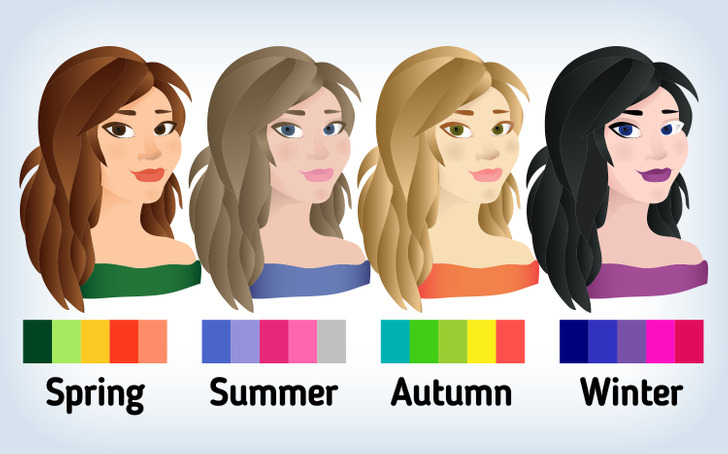
Seasonal color analysis isn’t a new concept. Actually, the modern understanding of harmonious colors comes from 19th-century impressionist painters’ understanding of the seasons. To depict each season accurately, they had to understand the colors that are reflective of each one, meaning:
- spring
- summer
- autumn
- winter
As nature moves through the seasons, it changes its set of colors. Spring, for example, has fresh tints, while winter has dimmed and icy hues. This change in colors occurs because of how light reflects in the natural world.
Each time the sun changes its position, it paints the world in different colors. We are part of nature, this is why we can apply these sets of colors to ourselves too, to define our color type.
How to tell your color type?
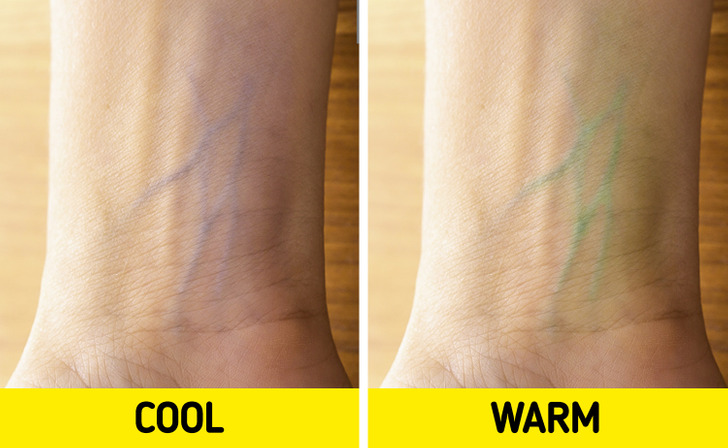
In 1980, psychologist Carole Jackson wrote the book Color Me Beautiful which became a pop-culture phenomenon at that time. Jackson simplified the method created by Suzanne Caygill so that every woman could easily tell her own color type and choose the proper clothes, accessories, and makeup.
Thanks to Jackson’s book, you can tell your color type by answering these 2 simple questions.
1. Are you a warm or cool type?
There are 2 ways to define your “temperature.”
- Vein test. Look at the veins on your inner wrist. If they appear greenish, your type is warm, if they look more on the blue side, your type is cool. The test should be done in natural light. If your skin is really tanned, this method won’t work.
- Gold/Silver test. Take 2 pieces of gold-colored and silver-colored fabric or paper. Place one of your hands on the silver-colored piece and the other one on the gold-colored piece. If the color is right for your skin tone, your skin will look even. And if it’s not, your skin will look uneven and speckled. If the test shows that the best color for you is gold, then your color type is warm, and if it is silver, then your type is cool.
Basically, you can stop at this stage because your results will be as follows: warm corresponds to the color types “spring” or “autumn,” and cool corresponds to the types “summer” and “winter.”
However, to make the test more precise, let’s move to a second question and try to find out your color type taking not only your skin tone, but also other features of your appearance into account.
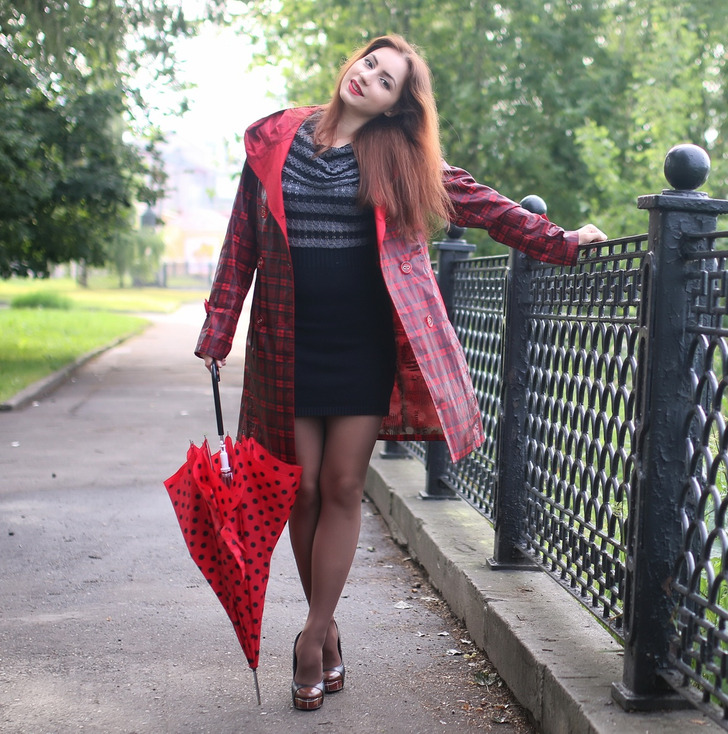
2. Are you a light or dark type?
Here, you need to define your eye color and your hair color and understand what hues prevail in them.
- Light hues. If your hair is fair or brown, but there is a cool, ashy undertone, while your eyes are gray, grayish blue, grayish green, or hazel, then your color type is “summer.” If your hair is light brown or blonde (from strawberry blonde to golden blonde) and your eyes range from a light hazel to blue, then your color type is “spring.”
- Dark hues. If your natural hair color is black or dark brown with a slight ashy undertone and your eyes are dark hazel, green, or blue, your color type is “winter.” And if your hair is red (from light copper to chestnut) and your eyes are bright and expressive, ranging from light blue to dark hazel, your color type is “autumn.”
Keep in mind that a color type is a combination of certain features of your appearance, including your eye color, hair color, and skin tone. If you decide to dye your hair from caramel blonde to chestnut, for example, then some of your accessories and clothes won’t match your new look anymore. The reason is simple, you still continue to be a blonde.
Recommendations for the spring color type
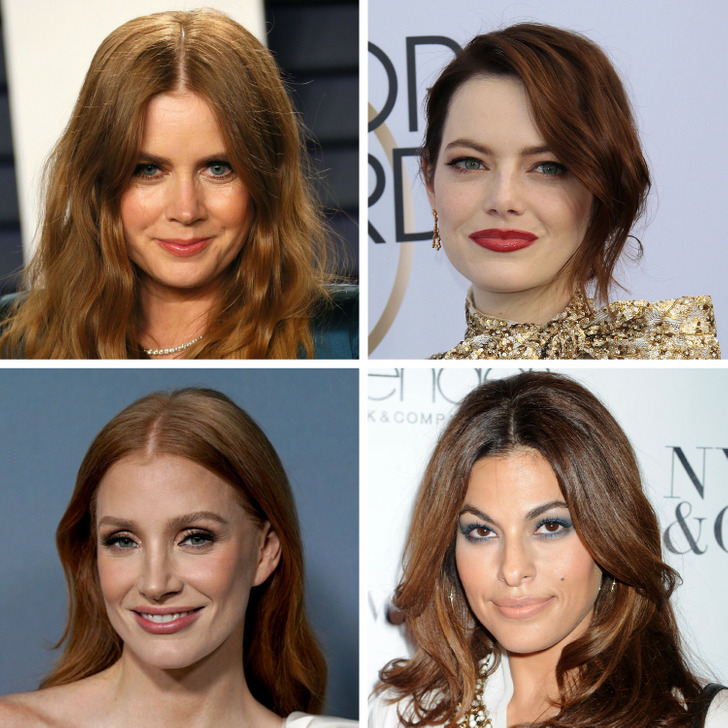
Spring is the season of renewal when nature acquires fresh vibrant colors. The features of the spring color type are warm, bright, and light.
The spring color type is characterized by a warm skin tone, with some visible redness on the skin. The hair color varies from strawberry blonde to golden brown and red. The eye color can be warm blue, gray, aqua blue, clear warm green, and bright golden brown.
The color palette includes warm and fresh hues: peach, warm pink, salmon, apricot, orange, ginger, golden, cream, and red. Shades of green, like fresh foliage, apple, aquamarine, and goldish turquoise, will also look great on “spring” people.
They should avoid dull and inconspicuous colors as well as dazzling white, cold pink, silver-gray, and coal-black.
Recommendations for the summer color type
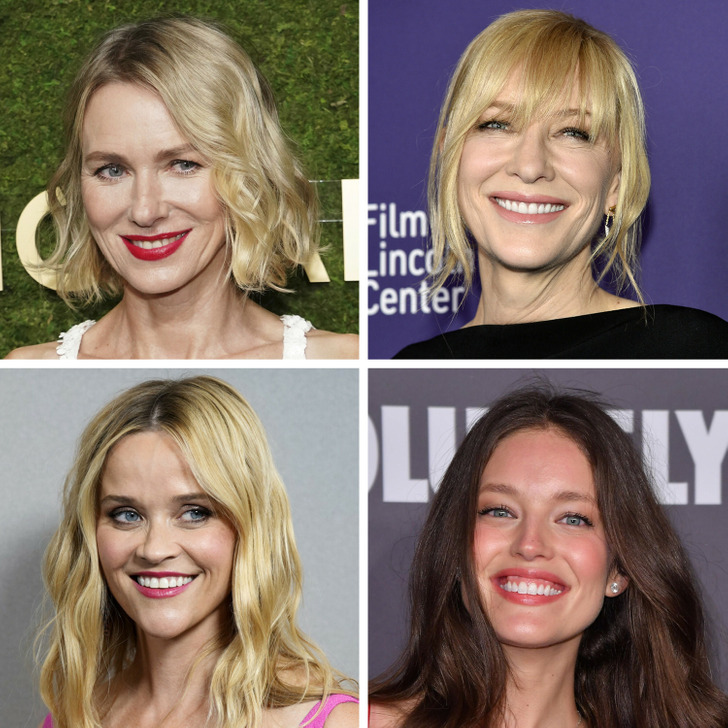
This is the season of long sunny days and pleasant breezes. Bright sunlight paints the world into gentle colors. The features of the summer color type are light and dimmed.
“Summer” people have skin tones from porcelain to olive. Their hair color varies from pale icy blonde to dark ash blonde. Light to medium ash or neutral brown is also a common hair color.
Pale yellow-blonde is also found in the summer range and can be potentially confused with the golden blonde of the spring color type. The “summer” hair texture is often fine, wavy, or curly. Eyes are usually a light color: blue, green, or gray in low contrast.
The color palette includes cold, smoky, pastel, blurry tones, gentle blue, gray-white, silvery, pearly, lilac, and beige-gray shades, and the colors of denim, from faded blue to rich indigo. Also a cold pink palette from light powdered shades to dark pink with a purple tint will also look great on “summer” people.
They should avoid warm, catchy, and toxic colors, like orange, ochre, carrot-red, egg yolk color, and toxic green. Black and white colors are also not the best option for them.
Recommendations for the autumn color type
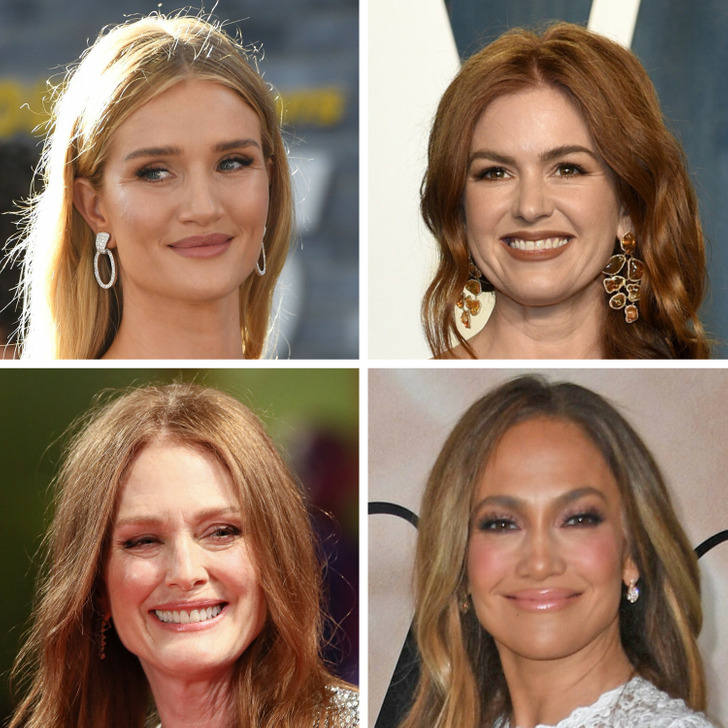
Autumn is the season of harvest and days that are getting shorter. The palette during this season is full of misty but rich colors. The features of the autumn color type are warm, dimmed, and dark.
“Autumn” people have warm skin tones, often with freckles. Their hair color is warm ranging from golden blonde to medium golden brown and chestnut colors. Dark brown hair is less common.
The typical eye colors are light warm hazel and warm brown: from amber to deep red-brown. Rarely, are there “autumn” people who have deep blue or blue-gray eyes.
The color palette includes the natural autumn colors: goldish-blue, azure, emerald, the color of old gold, brown-red, ochre, mustard, khaki, champagne, yellowish-beige, fawn, copper, and bronze. Dark purple, red poppy, and orange will also look good on “autumn” people.
They should avoid snow-white, black, cold pastel shades, and vivid colors.
Recommendations for the winter color type
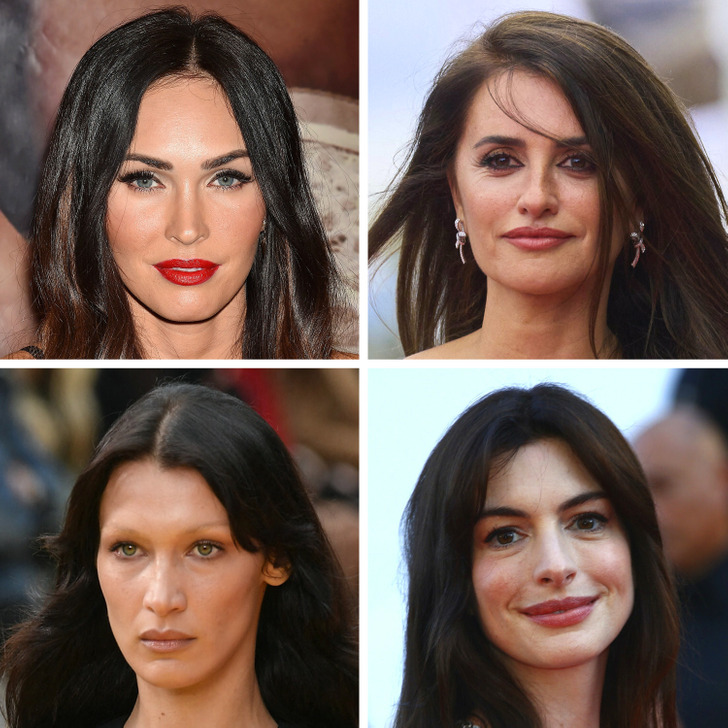
This is the season of contrasts when long nights cover nature with darkness while the land is covered with white snow. The features of the winter color type are cool, rich, and dark.
“Winter” people have light skin combined with dark hair and eyes. Their skin tone varies from very soft to medium-deep.
Their hair color is usually ash or cool brown, ranging from dark to very dark. Black hair with a visible blue shade is also typical for the winter color type. The eye colors, as a rule, are dark blue, dark gray, dark green, dark brown, and even black.
The color palette includes snow-white, bright-black, cold light blue, navy blue, purple, and silver. Some colors of coffee, bitter chocolate, hot pink, fuchsia, and steel-gray suit this color type really well. “Winter” people look perfect in the hues of dark cherry, hot raspberry, and Bordeaux (even if their skin is tanned.)
They should avoid orange, faded yellow, red-brown, brick, and earthy and muted hues.
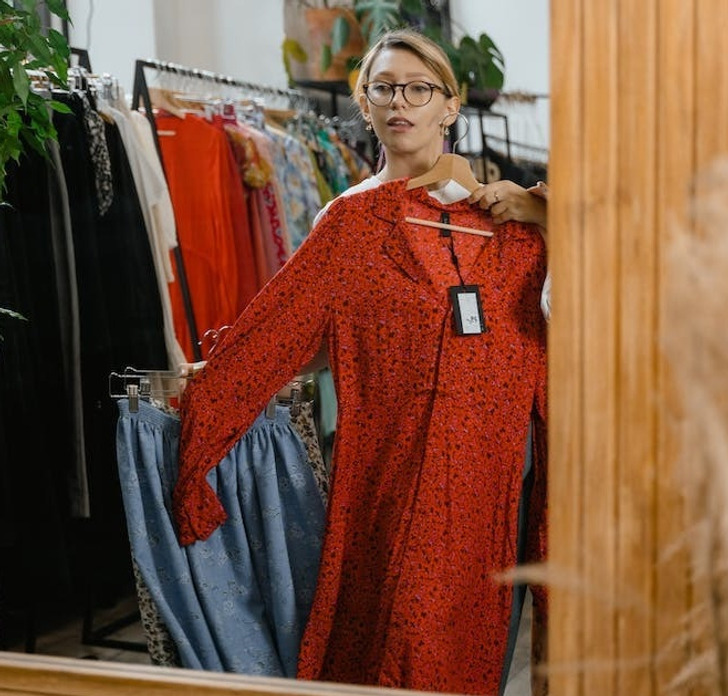
Seasonal color analysis is not the only system out there. There are other methods that are based on temperature and hue. Some experts use 12 seasons color analysis for more specific results. This system uses a parameter called chroma, which distinguishes strong, saturated from weak, greyish colors.
It’s great to have different parameters, but these methods are usually more complicated and suitable only for experts. If you want to define your color type without professional help, it’s enough to use 2 parameters (warm or cool, light or dark) and 4 seasons.
Regardless of your results, it’s worth considering color analysis only as a reference, not as a strict rule, because if we choose only the “correct” colors, there won’t be enough room for creativity and experimentation.
What is your color type?
Comments
My veins are never green! Blue or violet that's me.
Related Reads
17 Texts That Only Our Parents Could Send
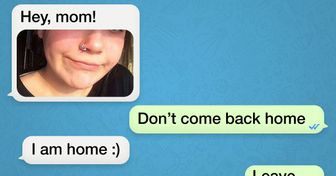
20 Times Nature Decided to Surprise Us in the Most Unexpected Way
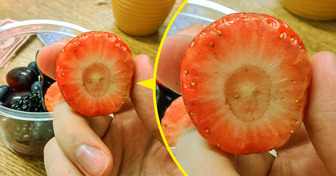
Australian Comedian Recreates Celebrity Pics, and People Call Her the “Queen of Comedy” for Her Uproarious Parodies
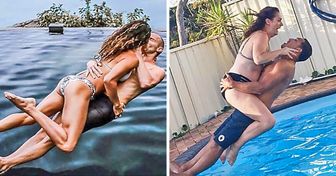
21 Designers Who Definitely Deserve a Raise for Their Products
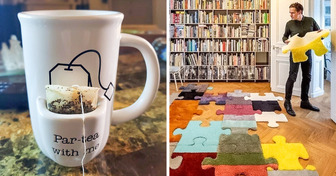
15+ Men Who Ditched the Scissors and Now They Look Flawless
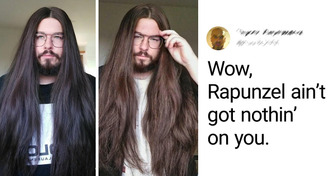
22 Times People Pulled Off Next Level Pranks and Just Had to Share Them Online

I Agreed to Adopt My SIL’s Baby — but Her Real Motive for Giving Him Up Broke My Heart
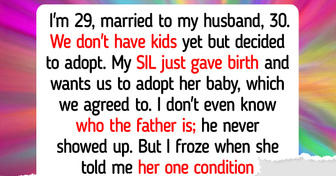
10 Real Stories With Twists So Dark, They Put Hollywood Movies to Shame
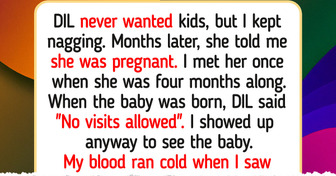
I Refuse to Let the Former Owner Get Married in My Backyard—My Kindness Stops Here
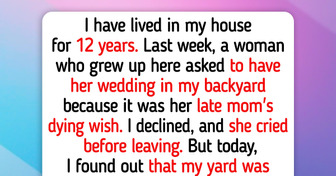
13 Times Life Took an Unexpected Turn — and Nothing Was the Same Again
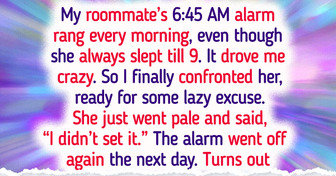
I Absolutely Refuse to Walk My Daughter Down the Aisle After What She Did to Her Mom
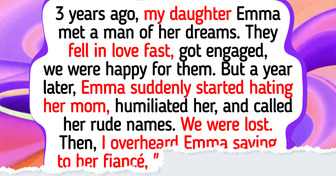
10 Parents Whose Quiet Kindness Spoke Louder Than Words
